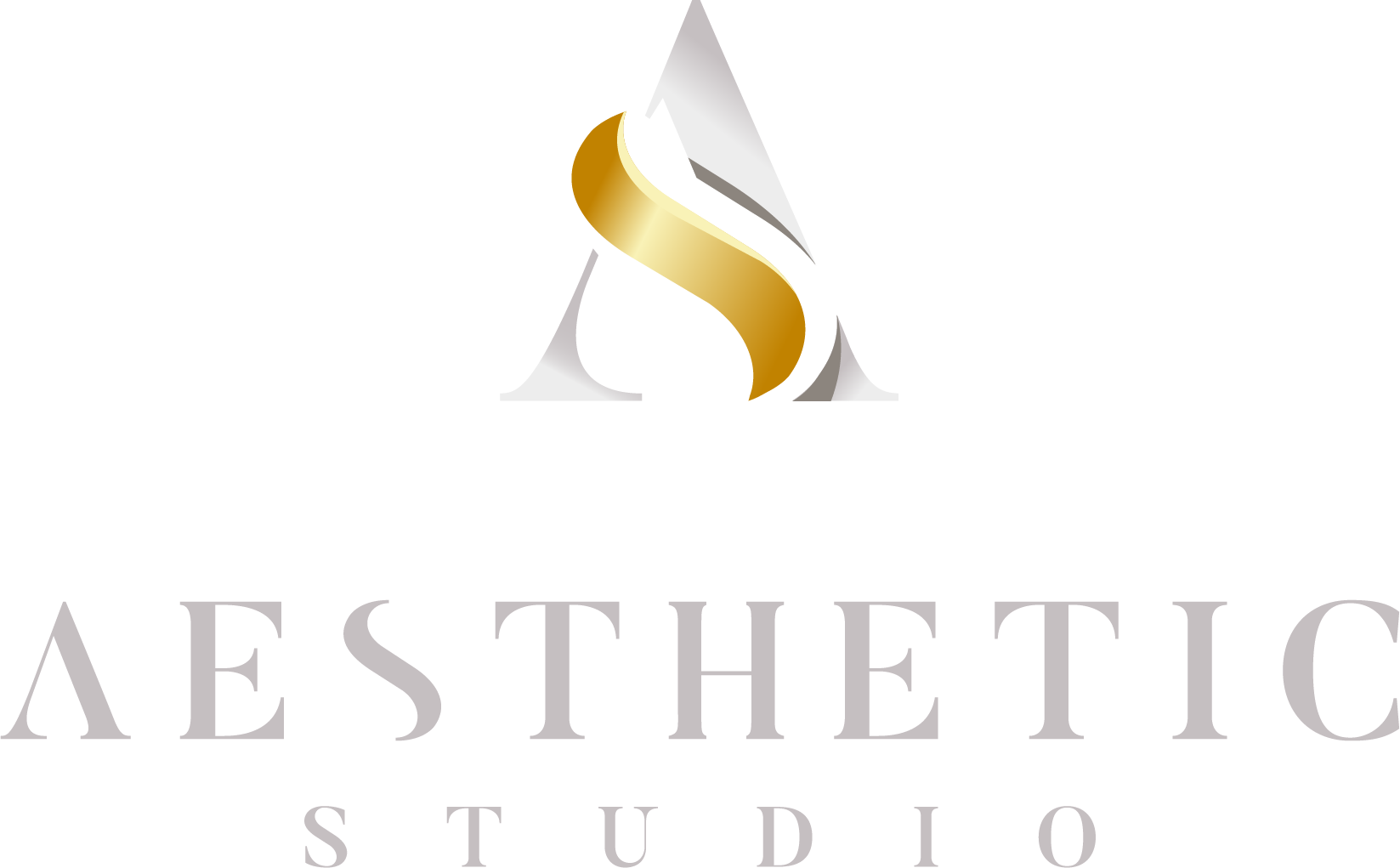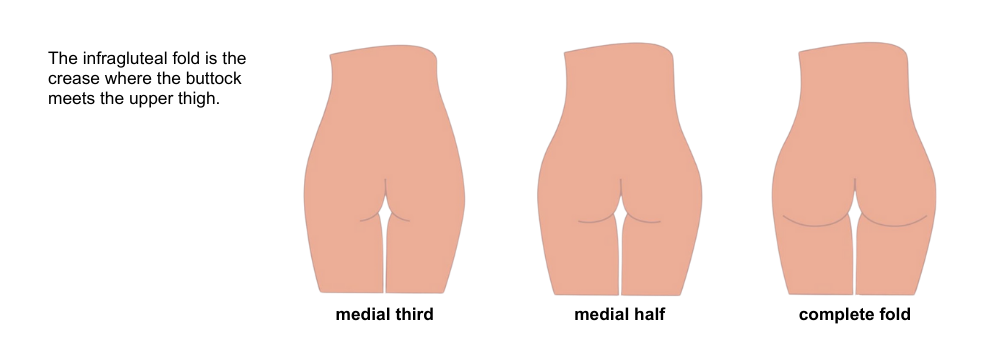The Ideal Buttock Revealed: What Makes A Butt Attractive?
Everyone wants a butt that looks lifted, firm, and perfectly proportioned — but what makes one buttock more appealing than another? While tastes may vary across cultural trends, science suggests that beauty isn’t entirely in the eye of the beholder. Across continents, age groups, and even genders, research has uncovered consistent anatomical and proportional markers that define the ideal buttock.
Waist-to-Hip (WHR) Ratio: A Universal Standard
If there’s one factor that dominates the discussion of attractiveness, it’s the waist-to-hip ratio (WHR). This simple measurement, comparing the circumference of the waist compared to the hips, subtly influences how the buttocks are perceived in relation to the rest of the body. It represents a visual signal that the body is balanced and proportionate, which is why researchers consistently find that:
Waist-to-hip ratio dimensions demonstrating varying buttock proportions rated for attractiveness, highlighting key factors in ideal buttock shape. Source: Wong et al., 2016
For women, a waist-to-hip ratio of 0.65 to 0.70 is consistently rated as the most attractive in research studies across different cultures.
A narrow waist paired with curvy hips form the classic hourglass silhouette, one that evolutionary psychologists suggest indicates fertility, health, and vitality.
In simple terms, the right waist-to-hip ratio creates balance. It frames the buttocks, giving them a lift and proportion that naturally draws the eye.
-
A shapely waistline brings out the best in your hips and buttocks. If the waist is wider, the curves can appear less defined. Non‑surgical contouring treatments slim and sculpt the midsection, enhancing hip curves and creating a more attractive waist‑to‑hip balance:
Cryolipolysis (Clatuu Alpha Fat Freezing): This treatment selectively freezes stubborn fat deposits around the waist and flanks. Fat cells are crystallised, gradually broken down, and naturally eliminated from the body over the following weeks. Because the fat cells are permanently removed, results are long‑lasting. Fat freezing is ideal for patients who want precise reduction of pinchable fat bulges that resist diet and exercise.
Radiofrequency Lipolysis (truSculpt iD): Instead of using cold, this treatment delivers controlled RF energy to heat and destroy fat cells while simultaneously tightening the overlying skin. It works well for patients with softer or more diffuse fat, and has the added benefit of mild skin firming through collagen stimulation. Results are smoother contours with improved waist definition and better waist‑to‑hip balance.
While these treatments do not directly add volume to the buttocks, the refined waistline creates a stronger contrast. This makes the hips and buttocks appear more shapely, lifted, and balanced in proportion to the rest of the body — all in a natural‑looking way, without surgical intervention.
Gluteal Roundness and Projection: Curves That Catch The Eye
But proportion alone doesn’t tell the whole story. The shape — specifically the gluteal roundness and projection of the buttocks — plays an equally important role in how we perceive attractiveness. Rounded, gently peaked curves tend to convey firmness and youthfulness.
Heatmap of gaze patterns illustrating visual attention on female buttocks, highlighting prolonged focus on the mid-buttock region and central crease associated with projection and lift. Source: Zeng et al., 2024.
A recent eye-tracking study (Zeng et al., 2024) found that when observers viewed images of the body, both men and women lingered the longest on the mid-buttock region, especially around the central crease, where projection and lift are most pronounced. This suggests our brains are instinctively drawn to curves.
But that doesn’t mean more is always better. Buttocks that are too flat may seem underdeveloped, while exaggerated projection can look out of place. What tends to be rated most attractive is a balanced, natural curve — one that complements the hips and thighs in harmony.
-
Enhancing your buttock shape and roundness involves strengthening and toning the gluteal muscles. There are two main approaches to consider:
Exercise and Lifestyle: Targeted exercises, such as resistance training, help build and define the gluteal muscles naturally. However, achieving optimal gluteal enhancement through exercise alone can be complex. Factors including diet, genetics, muscle activation patterns, and workout consistency play a significant role in results. Many individuals find it challenging to achieve a well-balanced and fully sculpted buttock shape through exercise alone, as it often requires considerable time, effort, and dedication.
Electrical Muscle Stimulation (truSculpt Flex): Using customized electrical stimulation, this non-invasive technology activates and tones the gluteal muscles more intensely and precisely than typical workouts. By mimicking natural muscle contractions, it promotes muscle growth, lift, and improved firmness. This makes it an ideal option for busy individuals, those who struggle to engage muscle groups effectively through exercise alone, or anyone looking for a time-efficient way to enhance their curves.
While exercise remains fundamental for overall muscle health and fitness, truSculpt Flex offers a convenient, efficient boost to muscle tone and definition, especially for those short on time or facing workout challenges. This technology works by delivering direct, targeted muscle activation exactly where you want it for precise results.
The Infragluteal Fold: A Small Detail with Big Impact
At the lower edge, the infragluteal fold (the crease where the buttock transitions into the upper thigh) may seem like a small anatomical detail, but it plays a significant role in the overall aesthetic of the buttock.
Graphic illustrating the infragluteal fold anatomy, showing medial third, medial half, and complete views of the fold. This fold forms the crease where the buttock transitions into the upper thigh, playing a critical role in buttock aesthetics by supporting the gluteal contour. Source: Stivala et al., 2021.
Anatomical studies (Stivala et al., 2021), show that the fold is shaped not only by the skin but also by the attachment of underlying connective tissue and gluteal structures. These supportive structures act like a sling to maintain the fold’s shape and prevent sagging.
With age, these attachments weaken, causing the fold to descend or lose definition. This explains why younger buttocks tend to look “perky,” whereas older buttocks may appear flattened or sagging even without major changes in fat volume.
-
Because the infragluteal fold depends on tissue volume for its shape and support, restoring this volume is crucial for achieving a natural lift and well-defined contour of the buttocks.
Injectable collagen stimulators such as poly-L-lactic acid (PLLA) work gradually by encouraging your body’s own collagen production. Over time, PLLA rebuilds the underlying connective tissue framework around the infragluteal fold, resulting in enhanced structural support, a natural lifting effect, and improved skin texture that can last up to two years with proper maintenance.
Unlike traditional fillers that create immediate but artificial volume by physically filling the area, PLLA promotes collagen growth from within. This process delivers subtle, natural enhancements that develop progressively without the risk of an “overdone” appearance common to quick-fill fillers.
Skin Quality: The Finishing Touch
Even the best proportions can be undermined if the skin quality tells another story. Research shows that skin quality independently influences attractiveness ratings, regardless of shape or size. One study found that “skin texture and smoothness were significant predictors of perceived attractiveness, beyond volume or contour alone” (Danilla et al., 2023).
Common skin concerns affecting appearance include:
Laxity, which softens projection and contours
Cellulite, caused by fibrous bands tethering the skin unevenly
Crepiness, where thinning skin exaggerates texture irregularities
Even when the underlying anatomy is proportionate, poor skin quality can diminish the overall aesthetic. On the other hand, taut, hydrated, and resilient skin enhances curves by reflecting light smoothly across the surface, amplifying the perception of lift.
This is why treatments targeting collagen stimulation and dermal support are increasingly popular in modern gluteal aesthetic procedures. They don’t just change shape — they improve the “finish” of the surface.
-
Cellulite forms when fibrous bands tether the skin unevenly to the underlying fat and fascia layers, causing dimpling and a textured appearance. Because cellulite originates deep under the skin, topical creams, diet, or exercise alone rarely provide significant long-term improvement.
Effective cellulite treatment usually involves a dual-approach to address the root structural causes of cellulite while improving overall skin quality:
Subcision: a manual procedure performed by doctors that mechanically releases these fibrous bands, permanently smoothing dimples and improving skin texture.
Biostimulatory treatments like Hyperdiluted Calcium Hydroxylapatite (CaHA): Used in combination with subcision, hyperdiluted CaHA promotes collagen regeneration and dermal thickening. Instead of merely adding volume, it supports ongoing skin remodeling to reduce cellulite appearance and prevent its recurrence.
-
Loss of skin firmness and laxity (often showing up as sagging or crepey skin texture) occur when collagen and elastin in the dermis degrade, causing the skin to become loose, thin, and fragile. Targeting this requires restoring skin density through:
HIFU MMFU (Ultraformer MPT): A non-invasive ultrasound treatment that delivers precise energy to multiple skin layers using micro and macro focused ultrasound technology. This stimulates fibroblasts to produce new collagen and elastin, which rebuilds the skin’s structural support. The thermal effect causes gradual skin tightening, improved elasticity, and firmer contours. Simultaneously, it enhances skin quality by increasing dermal thickness, reducing roughness, and smoothing crepey texture for a rejuvenated appearance.
The natural collagen remodeling process continues for months post-treatment, delivering progressive and lasting skin firmness and texture improvements suited for buttock rejuvenation.
Symmetry: The Power of Balance
Humans are naturally drawn to symmetry, and the buttocks are no exception. Even small asymmetries, such as one side appearing flatter or lower, can disrupt the perception of balance.
Evolutionary psychology research suggests that symmetry is subconsciously associated with health, vitality, and genetic fitness (Little et al., 2007). This explains why balanced glutes often read as more youthful and aesthetically pleasing.
Clinically, asymmetry can result from differences in fat distribution, muscle dominance, or even postural habits. Over time, these small variations may become more pronounced, especially with aging-related changes to skin and connective tissue.
Addressing symmetry doesn’t necessarily mean achieving “perfection,” but rather restoring balance so that both sides complement each other. When the buttocks mirror each other in volume, shape, and skin tone, the body looks more balanced and harmonious. It’s often a subtle detail — but one that our eyes instinctively register.
Bringing It All Together
The “ideal” buttock isn’t defined by a single trait. Rather, it’s the interplay of proportion, projection, skin quality, and symmetry that creates the impression of vitality and youth. These features work together to create the ideal butt.
But while these proportions may be universal, the way they appear in each individual varies with genetics, lifestyle, and — importantly — age. Over time, natural changes in fat distribution, muscle tone, and skin elasticity can alter the very qualities that once made the buttocks look round, lifted, and firm.




